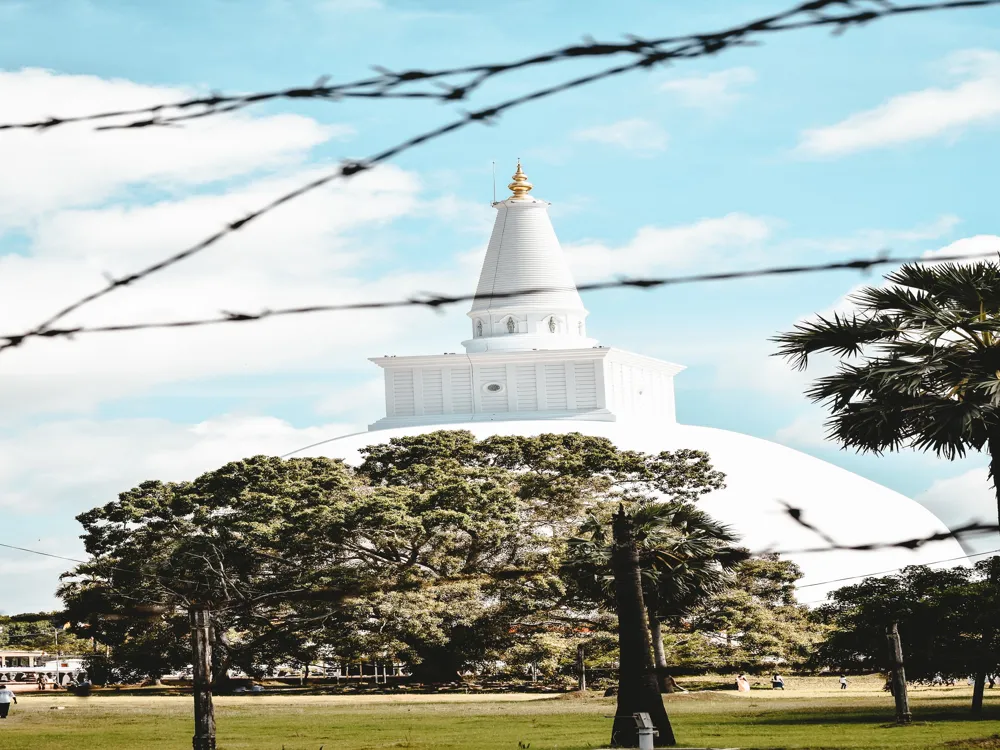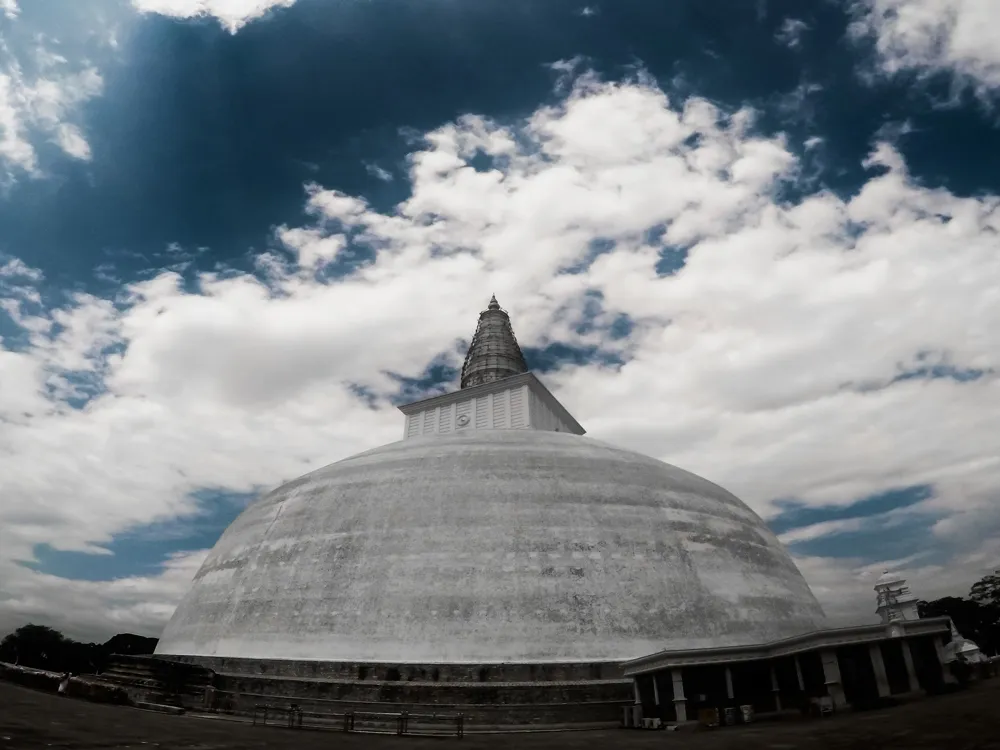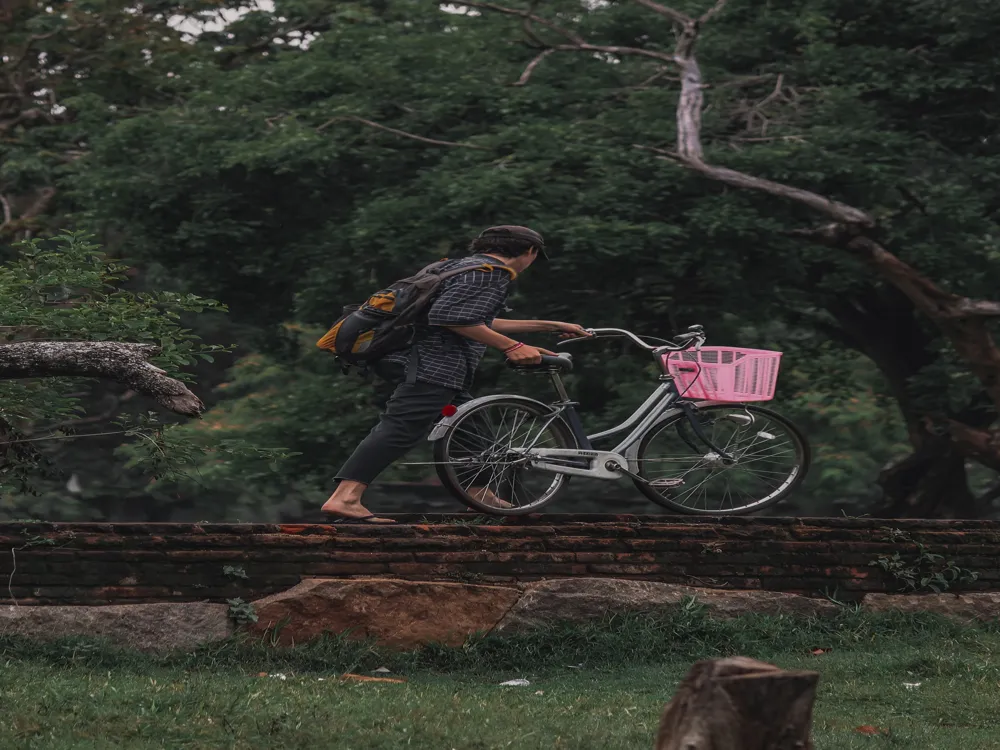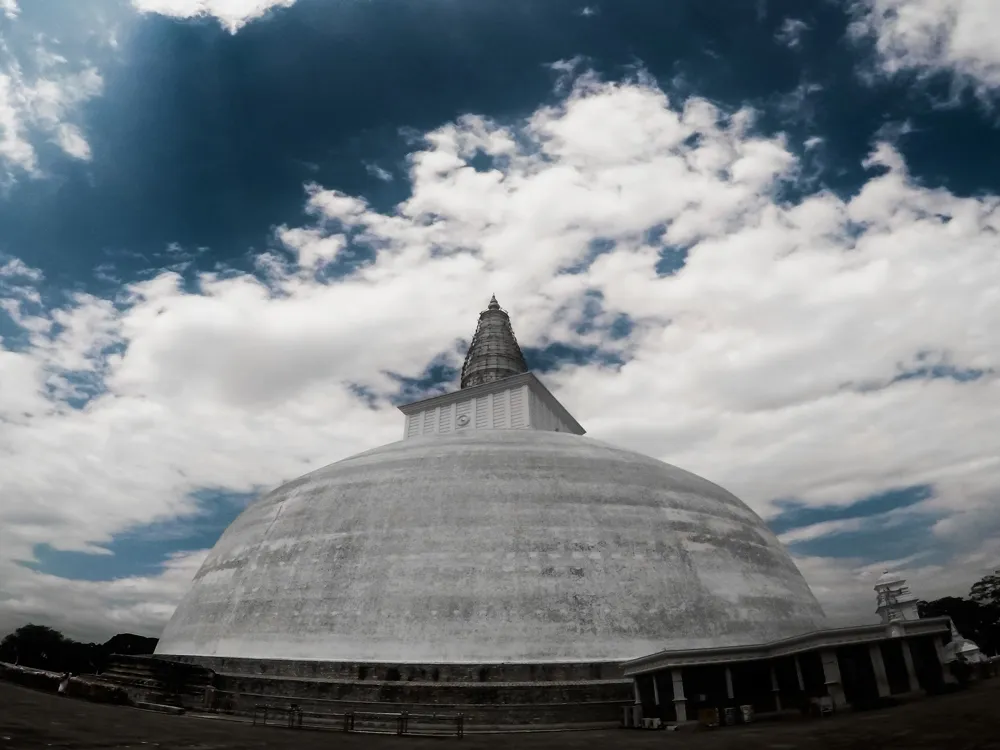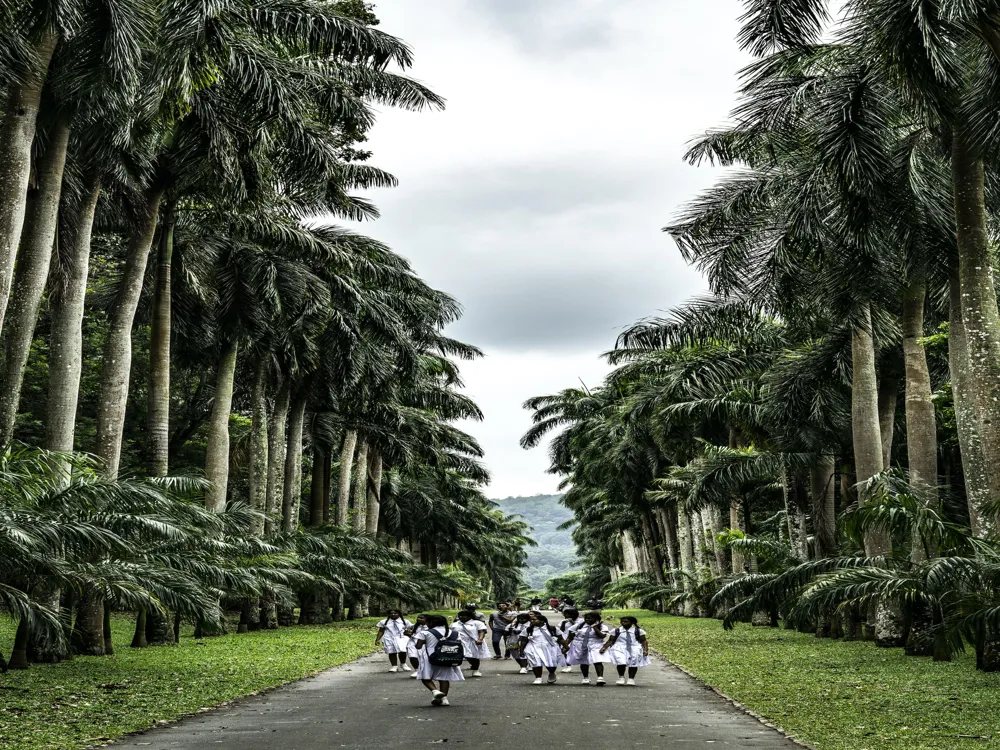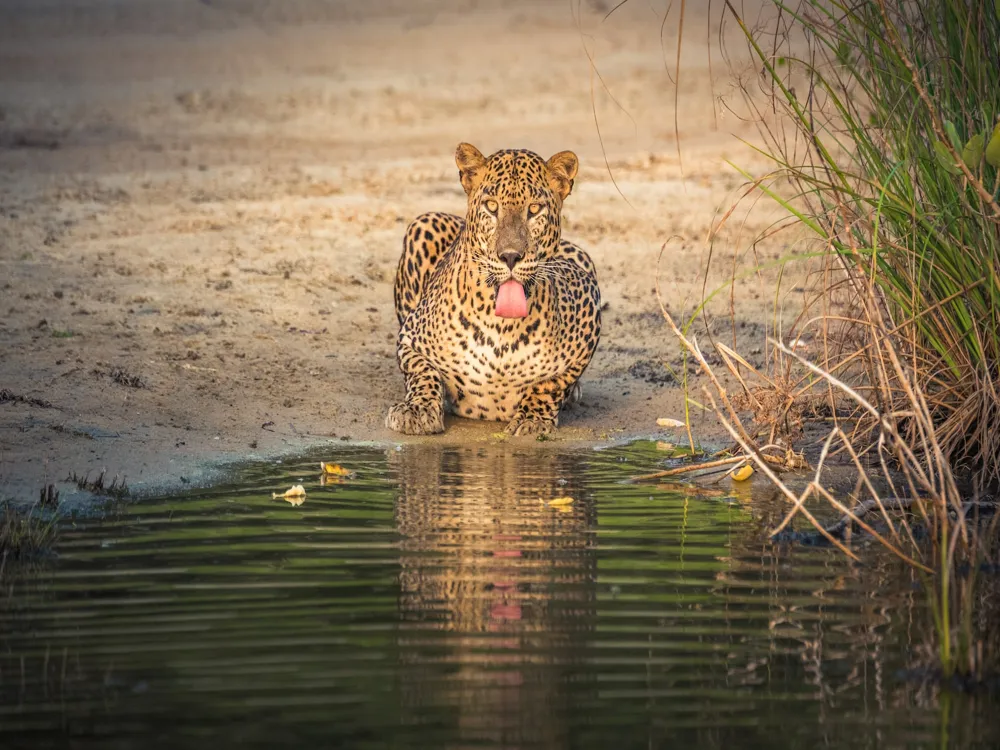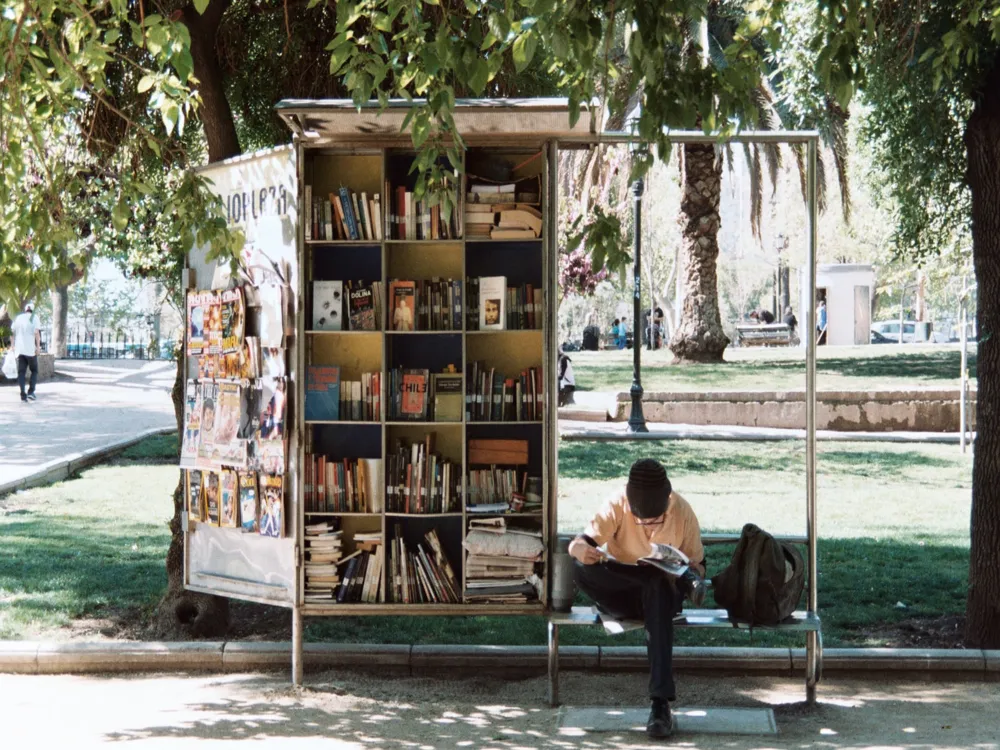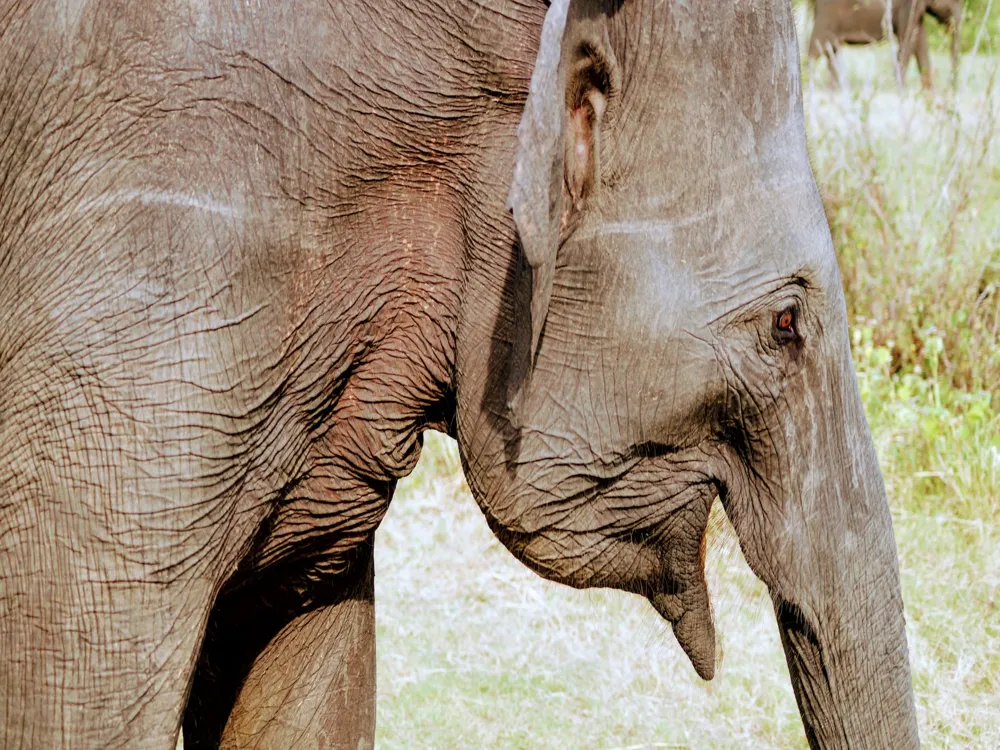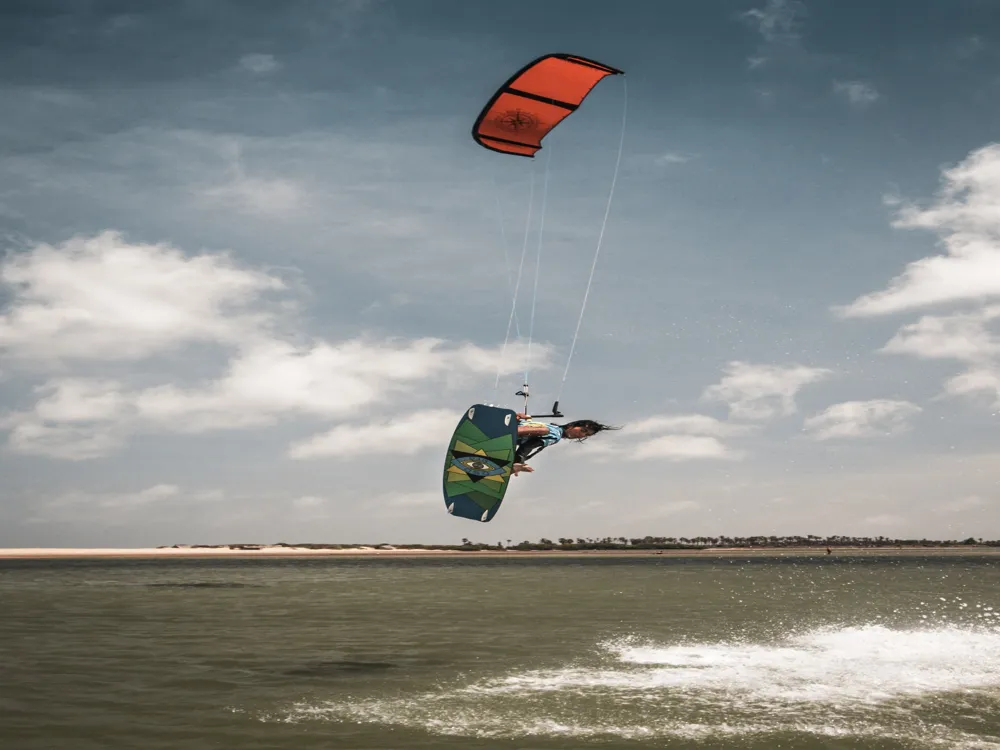Lovamahapaya, also known as the Brazen Palace, is a significant historical structure located in the ancient city of Anuradhapura, Sri Lanka. This architectural marvel was originally constructed by King Dutthagamani in the 2nd century B.C. The name 'Lovamahapaya' translates to 'Great Copper Roofed Mansion', indicative of its splendid copper-bronze roof that shone under the sun. The structure initially boasted nine stories, housing up to 1000 rooms, making it a monastic residence for Buddhist monks. It stood as a testament to the grandeur and sophistication of ancient Sri Lankan architecture. The design and construction techniques used were ahead of their time, showcasing the ingenuity and skill of ancient craftsmen. The palace's intricate carvings, sculptures, and the harmonious blend of symmetry and proportions reflected the deep-rooted cultural and religious significance in its architecture. Throughout history, Lovamahapaya underwent several renovations under different reigns, each adding unique elements to its structure. Despite its partial destruction and dilapidation over time, the remaining foundations and pillars offer valuable insights into the architectural prowess of ancient Sri Lankan civilizations. Today, Lovamahapaya stands as a revered archaeological site, attracting historians, architects, and tourists worldwide. Its historical significance extends beyond its physical structure, as it symbolizes the rich cultural and religious heritage of Sri Lanka. The site offers a unique window into the past, allowing visitors to glimpse the architectural brilliance and the vibrant history of Anuradhapura. The architecture of Lovamahapaya is a remarkable example of ancient Sri Lankan engineering and design. The structure's layout was meticulously planned, reflecting the Buddhist cosmology and the principles of symmetry and alignment. The original structure was said to be around 150 feet in height, making it one of the tallest structures of its time. One of the most striking features of Lovamahapaya was its copper-bronze roof, which gave it the name 'Brazen Palace'. The roof, supported by a complex network of wooden beams and rafters, was an architectural marvel, showcasing the advanced metallurgical skills of ancient craftsmen. This roof not only added to the aesthetic appeal but also provided functional benefits such as durability and weather resistance. The interior of Lovamahapaya was equally impressive. It consisted of a central courtyard surrounded by residential quarters for monks. These quarters were elegantly designed with intricate carvings, sculptures, and murals depicting various Buddhist themes. The use of natural ventilation and light was a key aspect of its design, ensuring a comfortable living environment within the structure. The foundation of Lovamahapaya, laid out in a meticulous grid pattern, was built using large stone slabs. This foundation supported a series of stone columns, which are the most visible remnants today. These columns, intricately carved and evenly spaced, demonstrate the precision and skill involved in its construction. Overall, the architecture of Lovamahapaya is a blend of aesthetics, functionality, and spiritual symbolism. It stands as a testament to the advanced architectural techniques and artistic sensibilities of ancient Sri Lankan civilizations, continuing to inspire and awe modern architects and historians. As Lovamahapaya is a site of religious significance, it is important to dress modestly. Visitors should cover their shoulders and knees and remove shoes before entering the sacred areas. The best time to visit Lovamahapaya is during the cooler months from November to March. Early morning or late afternoon visits are recommended to avoid the midday heat. Consider hiring a local guide for a more informative experience. Guides can provide detailed insights into the site's history and architecture. Photography is allowed, but it's important to be respectful. Avoid photographing people without their permission and adhere to any signage regarding restricted areas for photography. The climate can be hot and humid, so it's important to stay hydrated. Carry a water bottle, and take breaks in shaded areas. Lovamahapaya is located in Anuradhapura, a major city in Sri Lanka. The city is well-connected by road and rail, making it easily accessible for visitors. By Air: The nearest airport to Anuradhapura is the Bandaranaike International Airport in Colombo. From there, visitors can take a domestic flight to the Anuradhapura Airport or opt for road or rail travel. By Road: Anuradhapura is connected to major cities in Sri Lanka through a network of well-maintained roads. Buses and taxis are readily available for transport to the city. By Train: Anuradhapura can also be reached by train, which offers a scenic route through the Sri Lankan countryside. The city's train station is well-connected to Colombo and other major cities. Once in Anuradhapura, Lovamahapaya is easily accessible by local transport such as tuk-tuks, buses, or bikes. It's located near other historical sites, making it convenient for visitors to explore multiple attractions in a single trip. Read More:Overview of Lovamahapaya
Architecture of Lovamahapaya
Tips When Visiting Lovamahapaya
Dress Appropriately
Best Time to Visit
Hiring a Guide
Photography Etiquette
Staying Hydrated
How To Reach Lovamahapaya
Lovamahapaya
Anuradhapura
₹ 21,999 onwards
View anuradhapura Packages
Weather :
Tags : Historical Site
Timings : 24 hours
Entry Fee : Free of Charge
Planning a Trip? Ask Your Question
Anuradhapura Travel Packages
View All Packages For Anuradhapura
Top Hotel Collections for Anuradhapura

Private Pool

Luxury Hotels

5-Star Hotels

Pet Friendly
Top Hotels Near Anuradhapura
Other Top Ranking Places In Anuradhapura
View All Places To Visit In anuradhapura
Faq on Anuradhapura
What is Lovamahapaya in Anuradhapura?
Lovamahapaya, also known as the "Brazen Palace," is a historic building located in the ancient city of Anuradhapura, Sri Lanka. It was originally built by King Dutugemunu in the 2nd century BCE but was later reconstructed by King Parakramabahu I in the 12th century CE.
What is the significance of Lovamahapaya?
Lovamahapaya was a significant structure in ancient Sri Lanka, serving as a residence for Buddhist monks and a place for religious ceremonies and gatherings. It was one of the largest buildings of its time and a symbol of the grandeur of the Anuradhapura Kingdom.
Why is it called the Brazen Palace?
Lovamahapaya is often referred to as the Brazen Palace because it was said to have had a roof made of bronze tiles, giving it a distinctive appearance. However, the original structure no longer exists, and only the foundation remains today.
What happened to Lovamahapaya?
Over the centuries, Lovamahapaya suffered damage from various factors, including invasions, natural disasters, and neglect. The original building was destroyed, and only the stone foundation, which once supported the massive structure, remains at the site.
Can visitors still see Lovamahapaya?
Yes, visitors to Anuradhapura can still see the remains of Lovamahapaya. While the building itself no longer stands, the stone foundation is a popular tourist attraction and an important archaeological site in Sri Lanka.
View anuradhapura Packages
Weather :
Tags : Historical Site
Timings : 24 hours
Entry Fee : Free of Charge
Planning a Trip? Ask Your Question
Anuradhapura Travel Packages
View All Packages For Anuradhapura
Top Hotel Collections for Anuradhapura

Private Pool

Luxury Hotels

5-Star Hotels

Pet Friendly
Top Hotels Near Anuradhapura
Other Top Ranking Places In Anuradhapura
Faq on Anuradhapura
What is Lovamahapaya in Anuradhapura?
Lovamahapaya, also known as the "Brazen Palace," is a historic building located in the ancient city of Anuradhapura, Sri Lanka. It was originally built by King Dutugemunu in the 2nd century BCE but was later reconstructed by King Parakramabahu I in the 12th century CE.
What is the significance of Lovamahapaya?
Lovamahapaya was a significant structure in ancient Sri Lanka, serving as a residence for Buddhist monks and a place for religious ceremonies and gatherings. It was one of the largest buildings of its time and a symbol of the grandeur of the Anuradhapura Kingdom.
Why is it called the Brazen Palace?
Lovamahapaya is often referred to as the Brazen Palace because it was said to have had a roof made of bronze tiles, giving it a distinctive appearance. However, the original structure no longer exists, and only the foundation remains today.
What happened to Lovamahapaya?
Over the centuries, Lovamahapaya suffered damage from various factors, including invasions, natural disasters, and neglect. The original building was destroyed, and only the stone foundation, which once supported the massive structure, remains at the site.
Can visitors still see Lovamahapaya?
Yes, visitors to Anuradhapura can still see the remains of Lovamahapaya. While the building itself no longer stands, the stone foundation is a popular tourist attraction and an important archaeological site in Sri Lanka.







